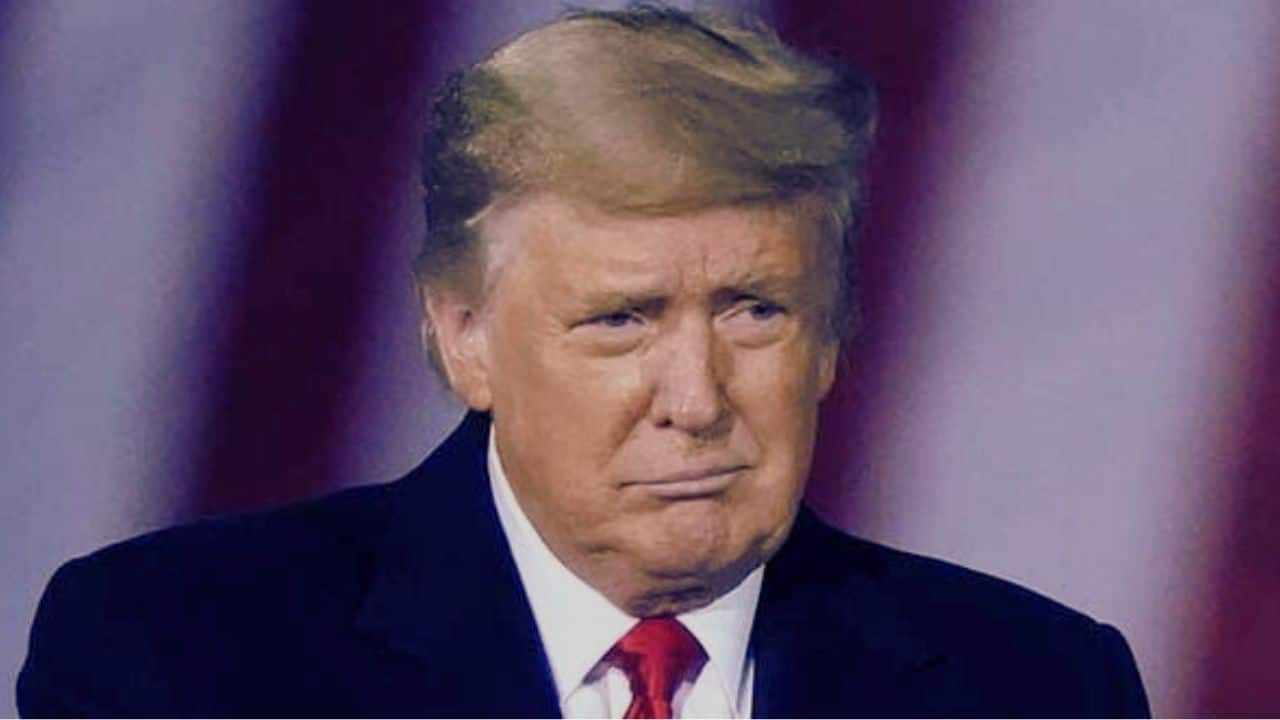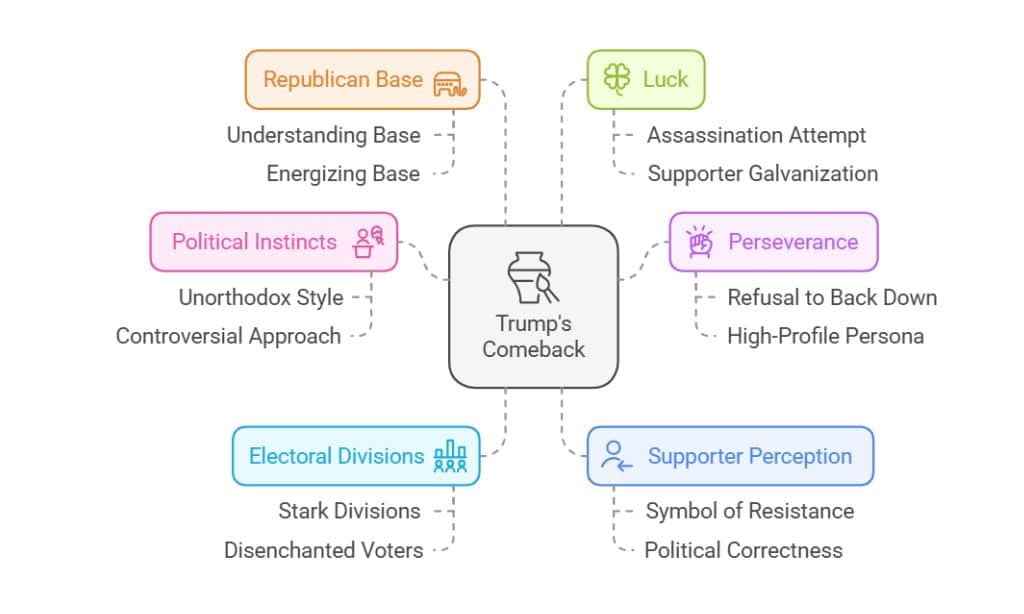Two centuries of political precedent suggest that Donald Trump’s return to the White House defies the odds. Today, the 78-year-old businessman-turned-politician made history as the first former president since Grover Cleveland in 1893 to lose reelection and reclaim the Oval Office after four years. His inauguration not only marks an improbable political comeback but also underscores the enduring polarization in the American political landscape.
Trump was officially sworn in as the 47th president of the United States in a ceremony marked by fervent support from his base and protests from his detractors. Chief Justice John Roberts administered the oath of office on the steps of the U.S. Capitol, with a record-breaking number of security personnel ensuring the event’s safety.
A Remarkable Path Back to Power
Trump’s return to the presidency comes after a decisive victory in the 2024 election. In November, he defeated Vice President Kamala Harris, securing all seven swing states, 312 electoral votes, and, for the first time in his political career, the popular vote. Voter frustrations with economic instability, high inflation, and cultural shifts played a key role in his success.
The journey to this moment was anything but conventional. After losing in 2020, Trump faced unprecedented challenges, including two impeachments, multiple legal battles, and four criminal indictments. Yet, his unwavering base and political instincts enabled him to overcome these hurdles.
A Presidency with Bold Ambitions
In his inaugural address, Trump laid out a vision for his second term, promising swift action on key issues. He declared, “America’s comeback begins today,” outlining priorities that include:
- Immigration Reform: Trump reiterated his pledge to end birthright citizenship and deport millions of undocumented immigrants. He promised to start implementing these changes immediately, despite anticipated legal challenges.
- Foreign Policy: Trump vowed to broker a resolution to the Russia-Ukraine war within 24 hours, stating, “We will end the senseless destruction and bring peace through strength.” His foreign policy team is expected to meet with world leaders in the coming days.
- Economic Recovery: Addressing soaring inflation, Trump emphasized the need for tax cuts, energy independence, and deregulation. He vowed to lower gas prices and reduce the cost of living for American families.
A Divided Nation Watches Closely
Trump’s inauguration has reignited debates about his leadership style and vision for the country. Supporters view his return as a vindication of his populist agenda, while critics warn of renewed political and cultural divides.
International reactions to Trump’s return have been mixed. Some leaders have expressed concern over his unpredictable nature, while others anticipate a reset in U.S. foreign policy.
Key Factors in His Victory
Trump’s return to the White House is a testament to a unique combination of factors: his political instincts, unrelenting perseverance, and the stark divisions within the electorate. His supporters admire his unorthodox style, which shatters traditional norms. Millions of Americans view him as a symbol of resistance to political correctness and bureaucracy, and his refusal to back down from controversy only strengthened that image.
According to Brandon Rottinghaus, a political science professor at the University of Houston, Trump’s resilience can be attributed to his ability to understand and energize the Republican base. “Trump remained popular because the Republican base still wants to see a pugilist in that role,” Rottinghaus noted. “His connection with voters who feel disenchanted and ignored by Washington was the driving force behind his comeback.”
Luck also played a role. In a dramatic incident during his campaign, Trump narrowly avoided an assassination attempt when an attacker’s bullet grazed his ear at a rally in Butler, Pennsylvania. The moment underscored the risks of his high-profile persona but also galvanized his supporters, who saw him as a fighter willing to put everything on the line.
Challenges on the Horizon
While Trump begins his second term with Republican control of Congress, the party’s narrow majorities could pose challenges to passing significant legislation. Democrats, meanwhile, are preparing for a potential comeback in the 2026 midterms, with investigations and political countermeasures likely to follow.
As Trump assumes office, the nation stands at a crossroads, facing deep ideological divides and pressing economic challenges. Whether his policies can deliver on his promises remains to be seen, but one thing is clear: Donald Trump’s second presidency will leave an indelible mark on American history.
A Presidency Like No Other
Trump’s inauguration solidifies his position as one of the most polarizing and consequential figures in U.S. history. His improbable return to the White House exemplifies the power of political branding and the resilience of his populist movement.
In his closing remarks at the inaugural ceremony, Trump struck a triumphant tone: “The American people have spoken. Together, we will make America stronger, prouder, and greater than ever before.”
As the nation watches his second term unfold, the legacy of Trumpism—and its impact on the country—will continue to shape the political landscape for years to come.




































